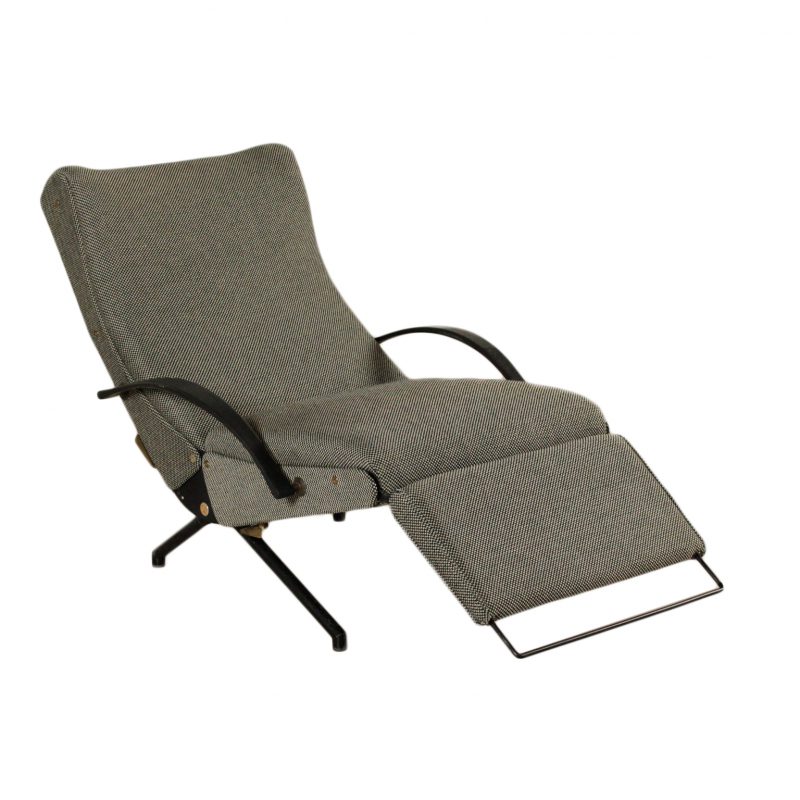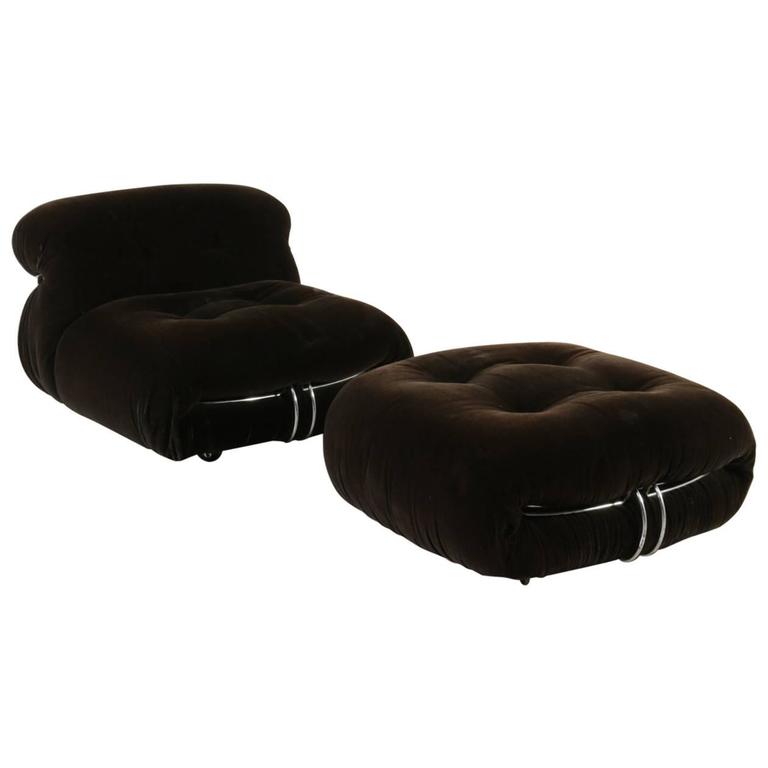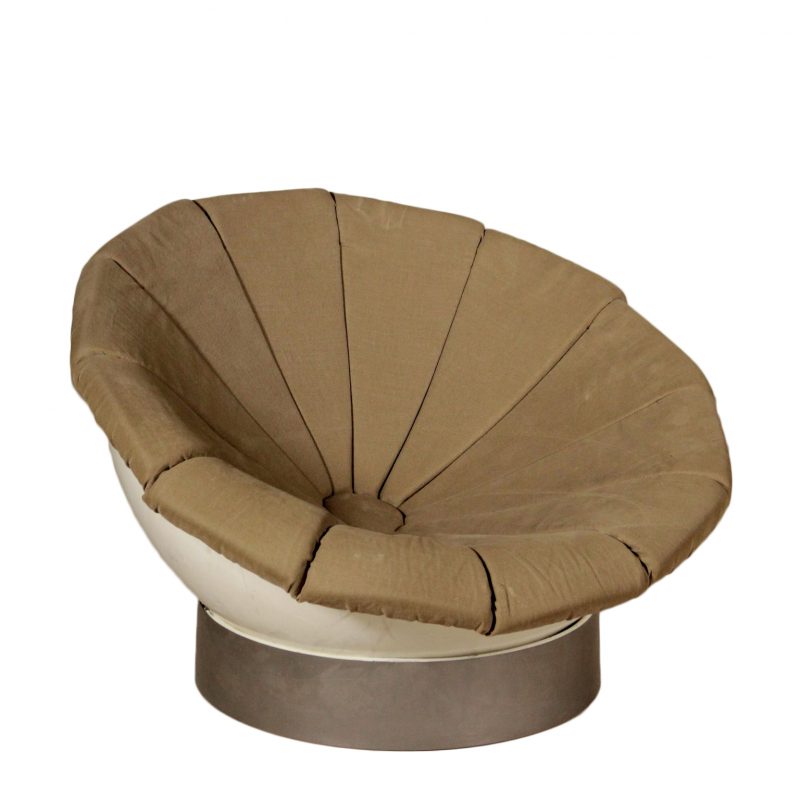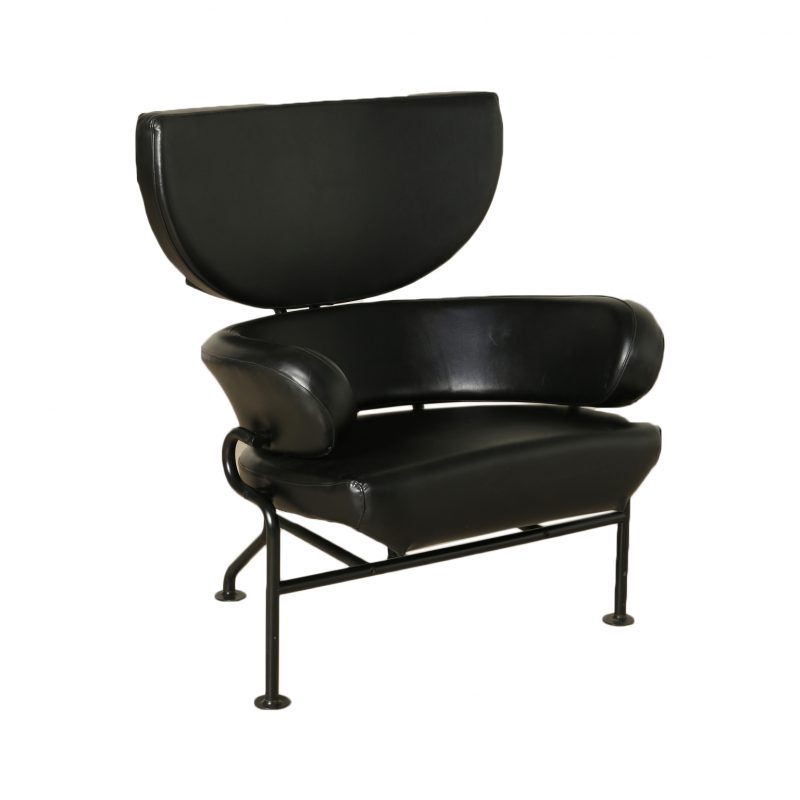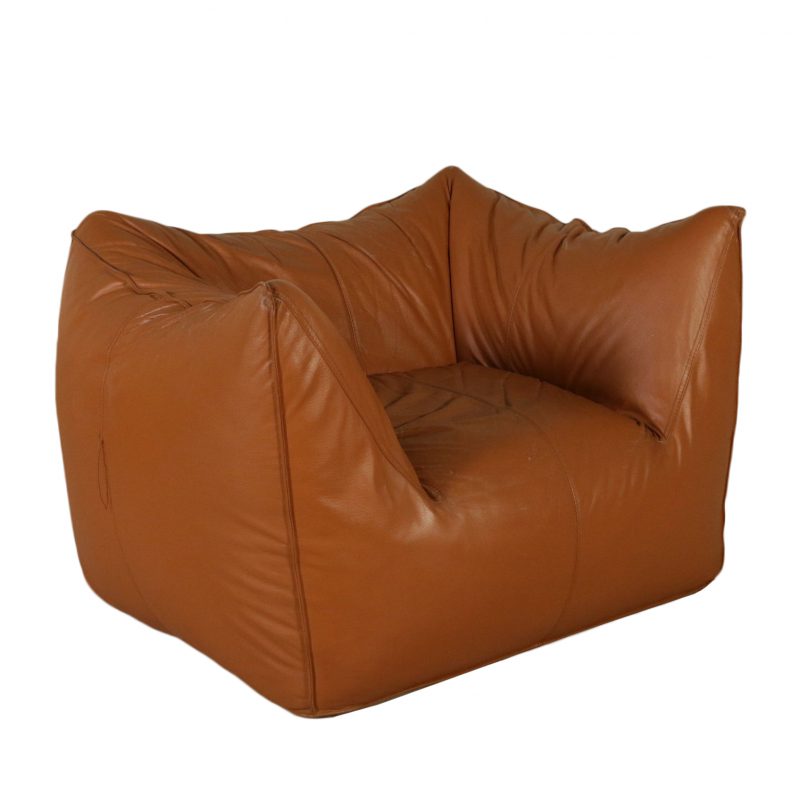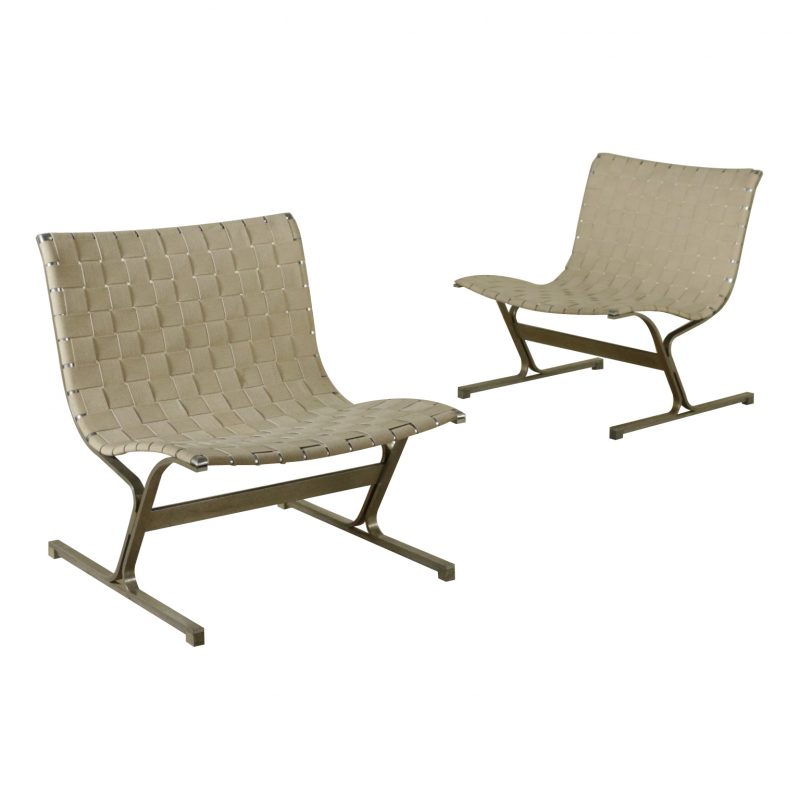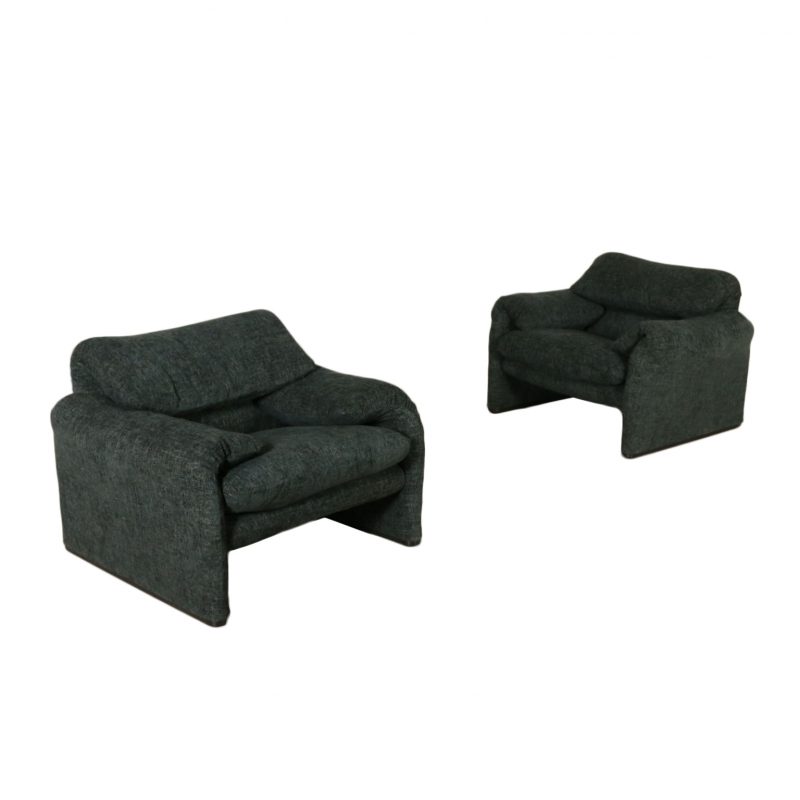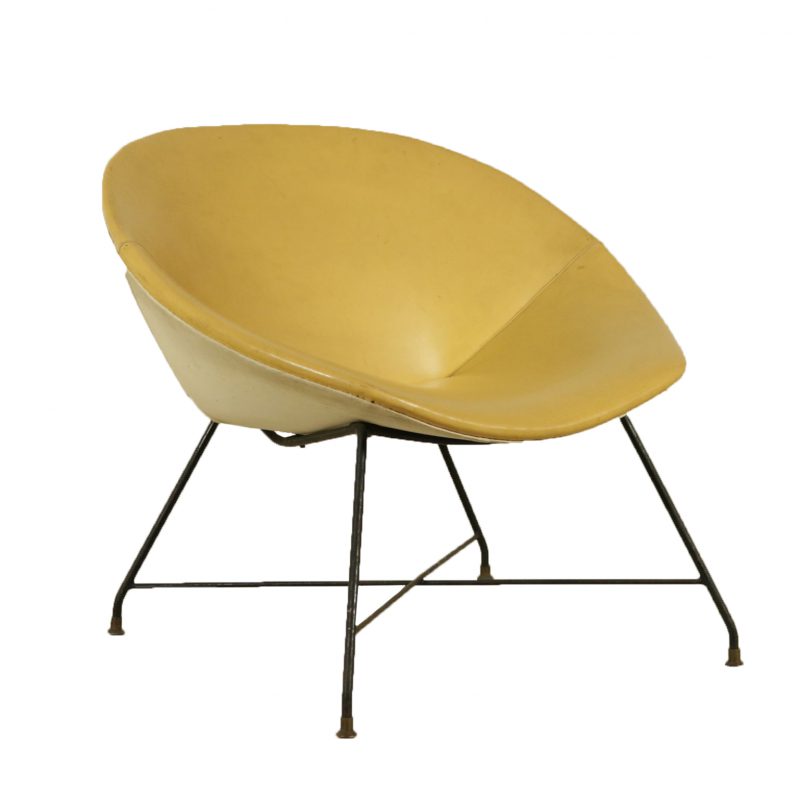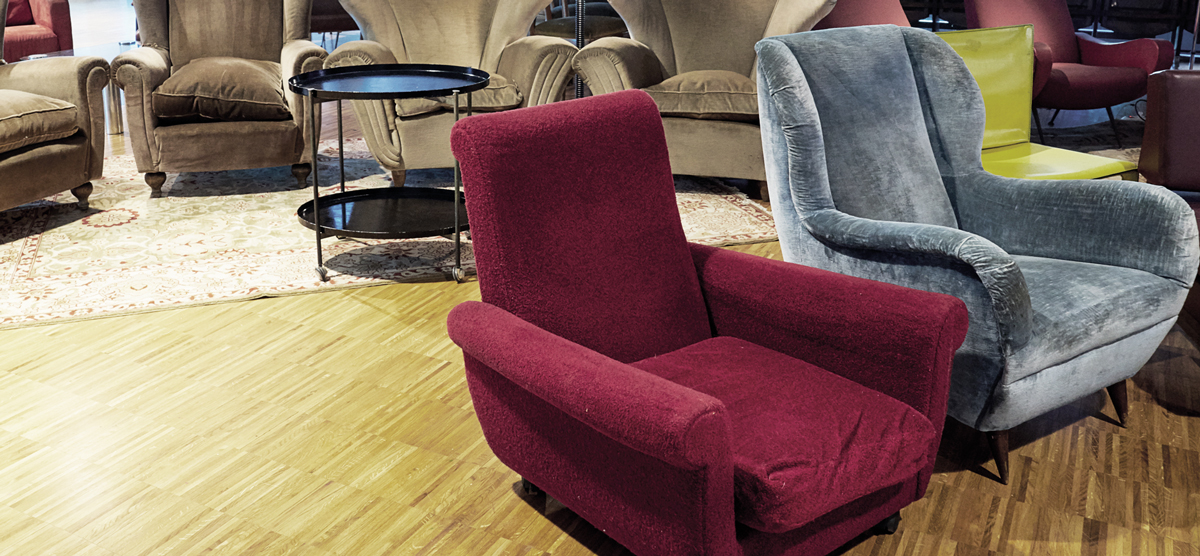
Let’s do a little test: if we say “relax,” what piece of furniture immediately comes to mind? 3, 2, 1… we bet it’s the armchair!
Designed for a wide range of settings, the armchair is certainly synonymous with comfort. There are countless variations: lounge chairs, reading chairs, living room chairs, theater chairs, waiting room chairs; cinema chairs, recliners with adjustable backs, hidden footrests. There are also lift chairs and massage chairs—armchairs to suit every taste.

The original sketches of the Impronta armchair by Joe Colombo – ©Ignazia Favata/Studio Joe Colombo
The armchair’s purpose is to make us feel comfortable and at ease—at least since Freud’s time—and it often leans toward elegance. Unlike a chair, it has a padded seat and backrest and is equipped with armrests (which are often padded as well). Another plus: it allows for a less rigid posture than a chair, as it’s generally lower and wider.
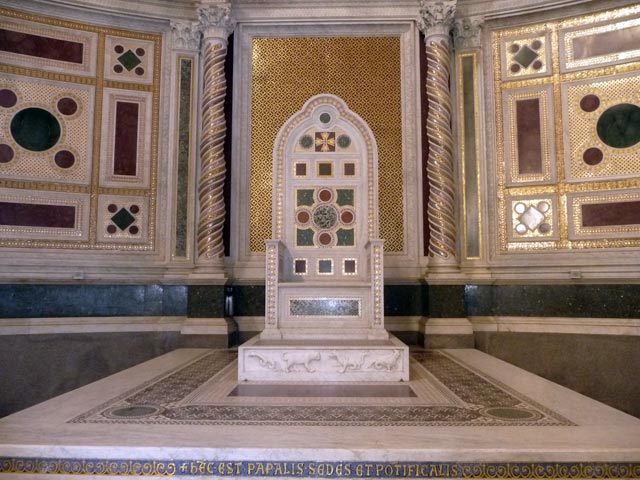
Chair of Saint John Lateran – Rome
But it hasn’t always been this way. Until the early 18th century, the armchair was derived from the “cathedra,” a type of high-backed chair with rigid armrests; materials used included leather, velvet, and damask fabrics, while the legs were joined with X or H-shaped crossbars. Comfortable, yes, but not supremely so.
Thanks to our French neighbors, the armchair evolved into what it is today. Starting in the second decade of the 1700s, French artisans began producing armchairs with new shapes that became wildly popular, setting trends across Europe.
Without a doubt, some design armchairs have made history, becoming true icons of style and comfort.
We’ve been fortunate to see many of them come through our warehouse; below is a gallery of some of the most beautiful examples.
As mentioned, there are countless types of armchairs, each unique in its own way.
Here, from Wikipedia, are some of the most well-known and common types.
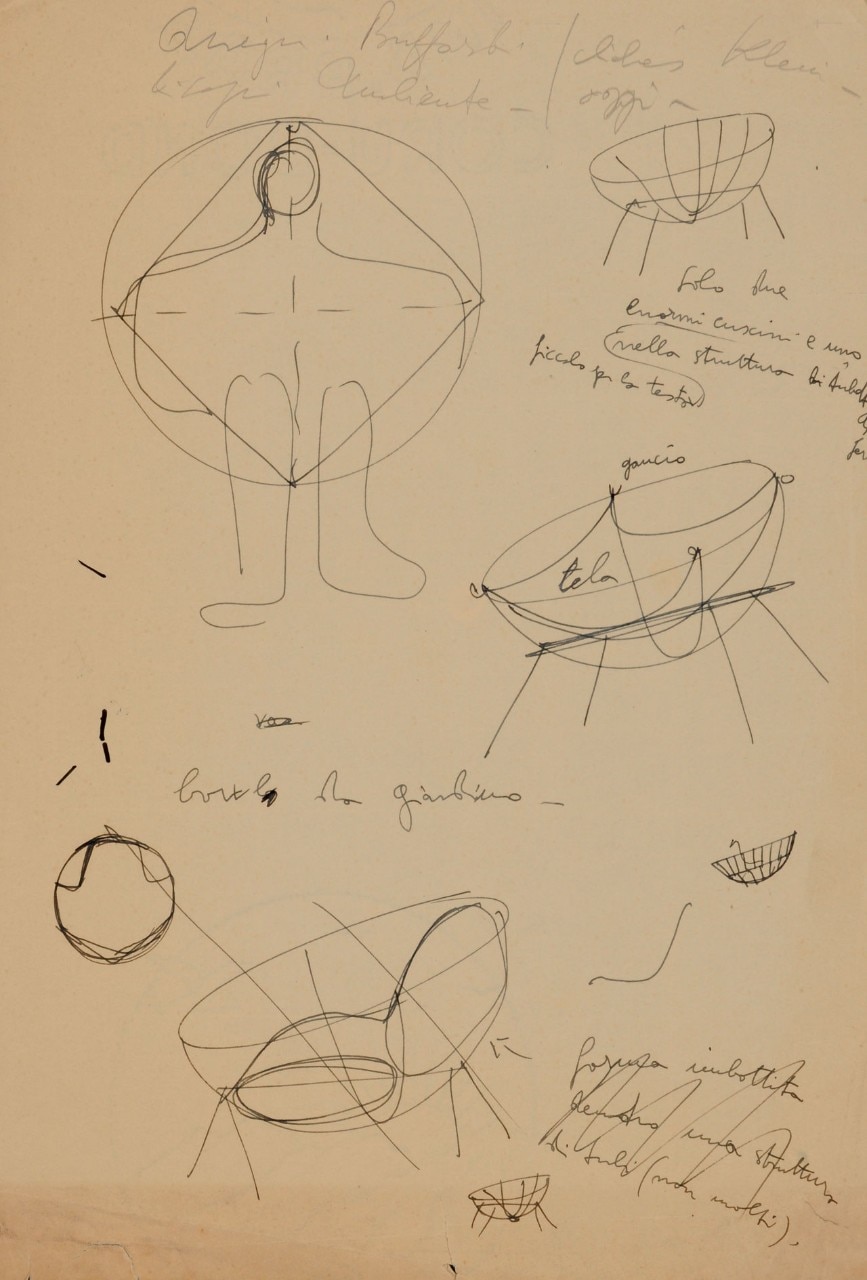
Lina Bo Bardi, Bowl Chair, sketches
Tub chair: has a concave, enveloping backrest that flows into the armrests.
Rocking chair: mounted on runners, it can rock forward and backward, and sometimes even side-to-side. Originating in France in the 18th century, it is the predecessor of the American rocking chair.
Armchair à la Reine: features a wide, comfortable seat, with armrests set back from the front legs and a wooden frame that may be carved, gilded, or painted.
Baigneuse chair: with asymmetrical armrests and an oval seat, it vaguely resembles a bathtub.
Bébé chair: compact in size, fully upholstered, and with a slightly curved top backrest. In use since the 19th century.
Bergère armchair: typical of Louis XV style, it features a large removable cushion and armrests joined to the backrest. It was crafted in Italy and France with lacquered or gilded frames and carved details and was also popular in the 19th century.
Bergère en confessionel: in the Louis XV style, it has set-back armrests and two protruding “ears” on the backrest for head support.
Cabriolet armchair: has a slightly curved back resembling the shape of a violin, typical of French Regency style.
Caqueteuse armchair (from the French “caqueter,” to chatter): born in the Renaissance, it has a trapezoidal seat, often swiveling on a central pivot, a slightly curved backrest, and small armrests.
Chaise longue: has an extended seat that includes a footrest.
Chippendale armchair: features a low seat and padded backrest, commonly used near the fireplace.
Coiffeuse armchair: the high concave seat supports the head while styling; also known as a barber’s chair.
Courant armchair: designed to be placed in the center of a room, with finely detailed armrests and backrest.
Cromwell armchair: has leather strips for the seat and backrest.
Corner chair: due to the typical shape of its back and seat, it can fit into a room’s corner.
Library chair: a folding armchair that can convert into a small step ladder.
Lounge chair: with a high, comfortable backrest and padded armrests.
Reading chair: has a low back that merges with the armrests, which support a small ledge.
Commode or convenience chair: with a hollowed seat, it has a porcelain, ceramic, or tin pot underneath, often used for intimate hygiene.
Honor chair: an elevated seat with armrests, used in the Middle Ages to distinguish the lord or lady of the house.
Dos-à-dos chair: also known as a conversation chair, features two converging backrests.
Duchesse chair: has an extended seat for stretching out the legs and ends with a second, lower backrest.
Frallero chair: a traditional Spanish design with a high, rigid backrest and sculpted armrests. The backrest is bound by a high leather or heavy fabric band. Seat and back are studded with metal tacks; known in Italy as the “fratina” chair.
Hepplewhite armchair: features an oval or shield-shaped back, tapered legs, and unpadded armrests.
18th-century English armchair: its wooden rear posts converge at the top of the backrest in a signature knot. It has embracing armrests ending in curls on their supports, padded seat, and curled legs.
Méridienne armchair: similar to a chaise longue, with one armrest higher serving as the backrest and a low backrest. Popular in the Empire style.
Récamier chair: typical of the Directory style, it has no backrest and armrests supported by X-shaped legs, named after a David painting of Madame Récamier.
Voyeur armchair: used in game rooms, it features a cushion on top of the backrest, allowing an observer to lean over the back of the chair.
To share the comfort, from June 27 to July 8, a selection of Antique and Designer Armchairs is on special promotion on our site.
Better not miss it, right?


